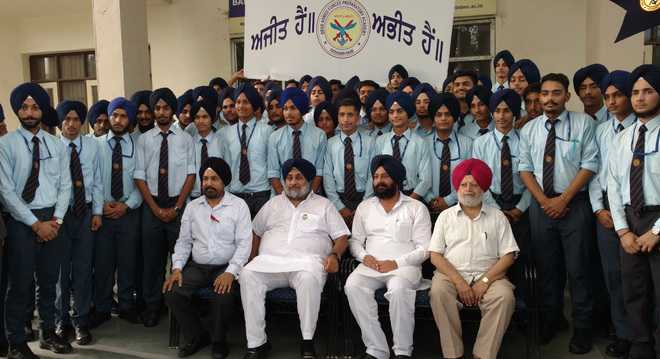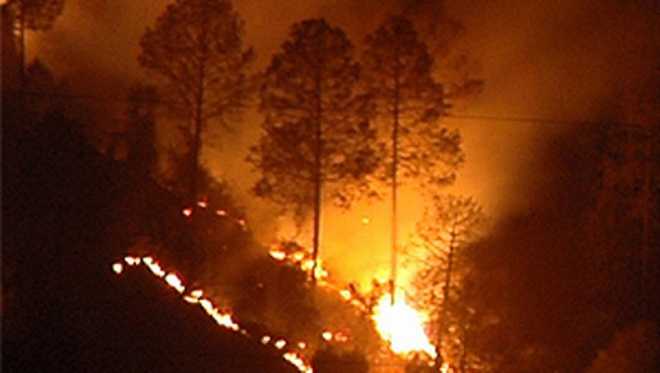SNAPSHOT
It is almost as if India did not have a defence minister in-charge when the Indian Air Force was going through the process of buying the AgustaWestland helicopters.
In A K Antony’s attempt to earn the label of being the ‘cleanest’ defence minsiter of India, he ended up doing most incalcuable damage to India’s defence posture.
The government paid 125 percent more for the armaments it had purchased and purchases worth a 100 billion dollars were pending for over a decade, thanks to the delays caused by AK Antony’s disastrous policies.
While holding UPA accountable for its excessive purchases, it is worth remembering that India’s worst ever defence minister endangered our security and caused losses worth several billions.
——————————————————————————
Just as the stratosphere across the country is being largely dominated by Subramaniam Swamy’s stinging attack against the UPA government’s controversial procurement of the AgustaWestland helicopters, there is one man whose name is conspicuously missing from most discussions.
Ironical enough, this man was responsible for running the defence ministry of India for eight long years. We are, of course, referring to AK Antony, the longest served defence minister of this country.
Unfortunately, longevity here seems to have had zilch impact on the performance. Even the most sober analysts and journalists have referred to AK Antony as, “The worst defence minister India has ever had.”
The reader can now judge the extent of influence and decision making authority Antony had exercised, from the fact that today, nobody, not even the BJP is pointing fingers at him in the AgustaWestland scam. It is almost as if India did not have a defence minister in-charge when the Indian Air Force was going through the process of buying these helicopters.
But, the AgustaWestland scam is not the main issue for which AK Antony must be held accountable for. It may even be the least important one in comparison to his promise of cleaning up the mess involving arms dealers and procurement processes when he took over. Surprisingly, in his attempt to earn the label of being the ‘cleanest’ defence minsiter of India, he ended up doing most incalcuable damage to India’s defence posture and here is how he did the same.
First, A K Antony caused major delays in nearly all acquisitions. The most notable among them was an artillery acquisition of the 155 mm light howitzers, for usage in the mountainous terrains. He got the defence minsitry to ban all the contenders involved, based on flimsy complaints of bribery except for one contender.
If you ban all the companies willing to sell you guns, whom will you buy it from?
Meanwhile, the lone contender who was left behind, also got banned later.
Second, he single-handedly stalled a major armaments manufacturing initiative, which was ready to take off in Bihar. The Israeli Military Industries’ proposal to set up an artillery ammunition factory at Nalanda was abruptly stopped due to the allegations of corruption. Although, no such charges have been proven till date.
It is to be noted that AK Antony does not pay for the cost of the delay or import of ammunitions, but we do.
Third, when the banned armaments companies (ST Kinetics, for instance) went to court, the ministry of defence could obviously not provide any evidence or explanation for the ban, simply because AK Antony in his eagerness to retain his ‘clean record’ had banned companies on mere suspicion.
How many companies would be eager enough to do business with a country, where the government could ban them and still not be able to offer a coherent explanation for its action?
Ajai Shukla, estimated that India could have, in some cases, paid 125 percent more for the armaments it had purchased than it should have; thanks to the delays caused by AK Antony’s disastrous policies. Ajai Shukla derisively referred to this hidden cost escalation as the ‘cost of AK Antony’s halo’.
Sandeep Unnithan, another well known defence journalist, estimated that purchases worth a 100 billion dollars were pending for over a decade under Antony’s office. He titled his must read critique on the subject matter as “The worst defence minister ever,” and we’re not surprised.
Consider just one more instance of AK Antony’s antics and one can surely realise the humongous cost India has had to pay:
A crucial file for dredging the sensitive Mumbai harbour was held up for four years. It resulted in the grounding of one submarine, the INS Sindhughosh, in January early this year. But, nobody was punished for this delay
– Sandeep Unnithan, March 2014, India Today
A ‘Kilo’ class submarine (the class which the INS Sindhughosh belongs to) costs more than Rs 1,000 crores just to refit. That is, the submarine which was damaged in January 2014, would have been worth Rs 3,000 crores.
While holding UPA accountable for making excessive purchases and possible bribery, it is worth remembering that India’s worst ever defence minister endangered our security and caused losses worth only a several billions. And he did this by not buying and most importantly, by not buying on time.
Hopefully, we will hold him accountable for his ‘timely’ acquisitions, more sooner rather than later.



















































































































